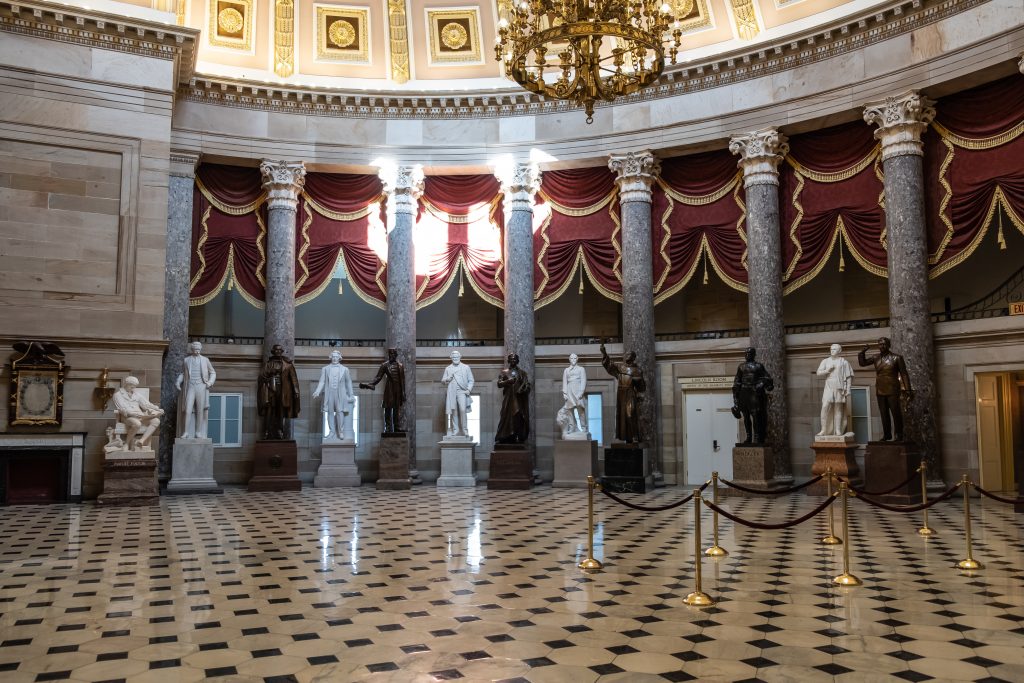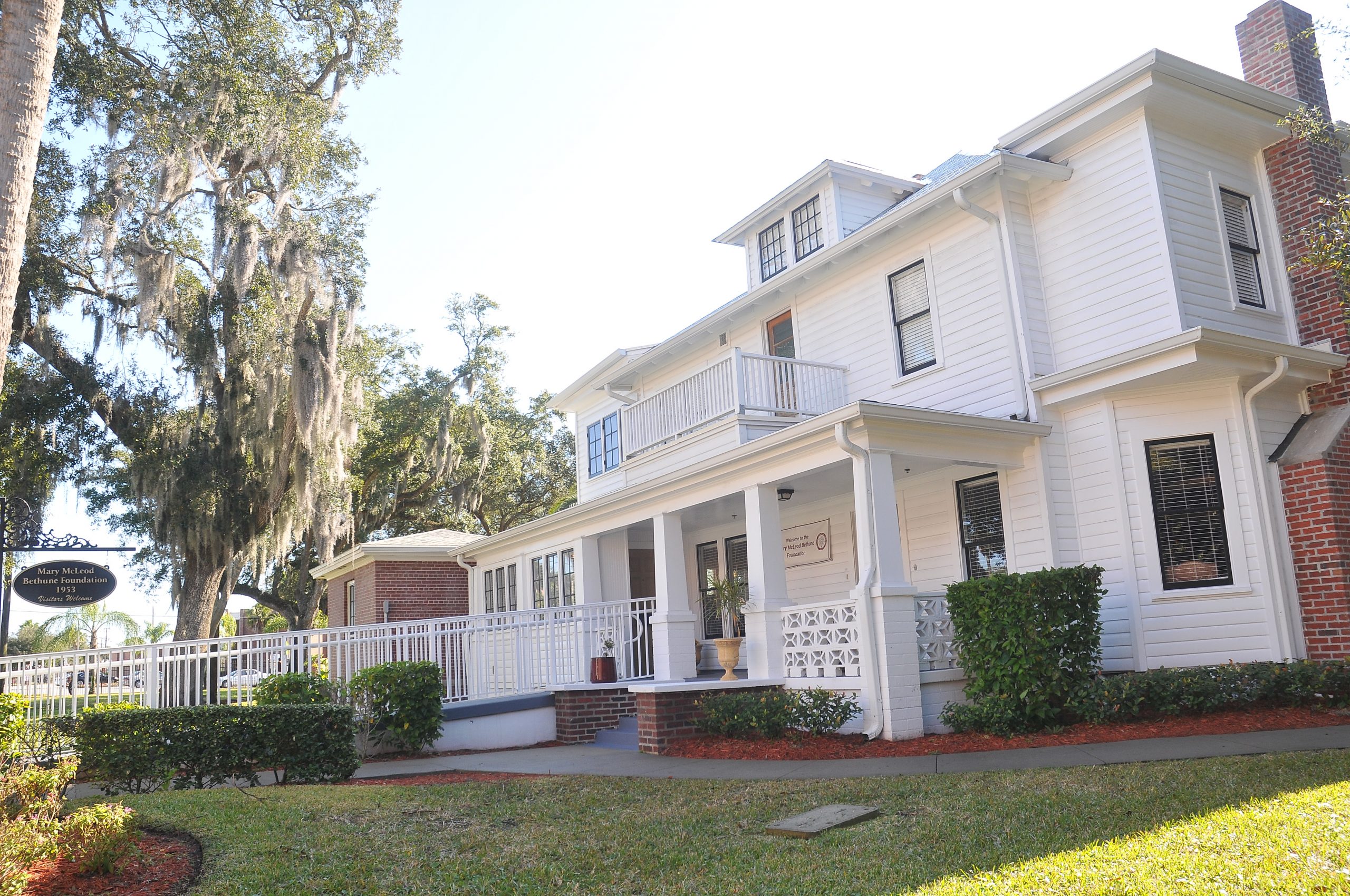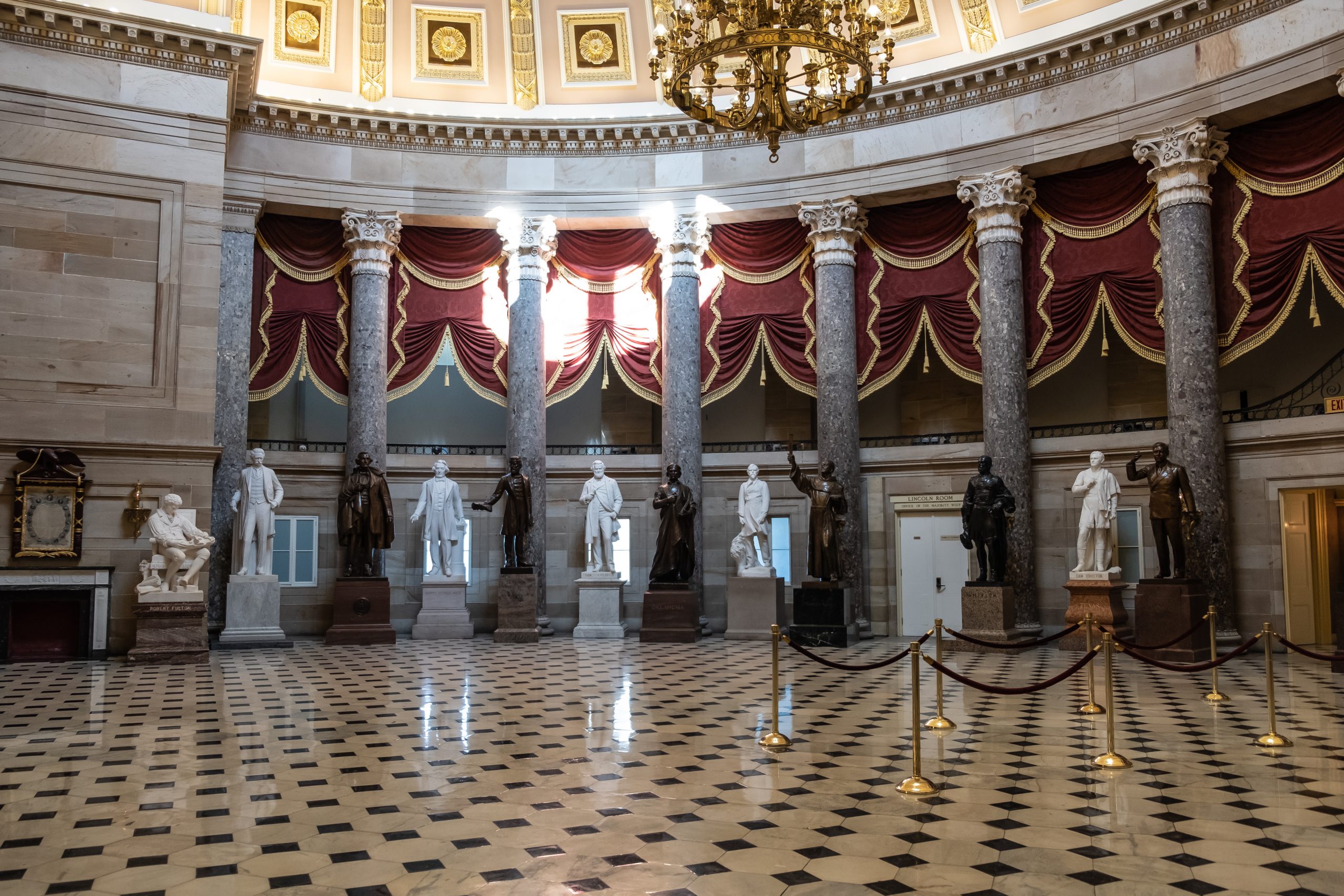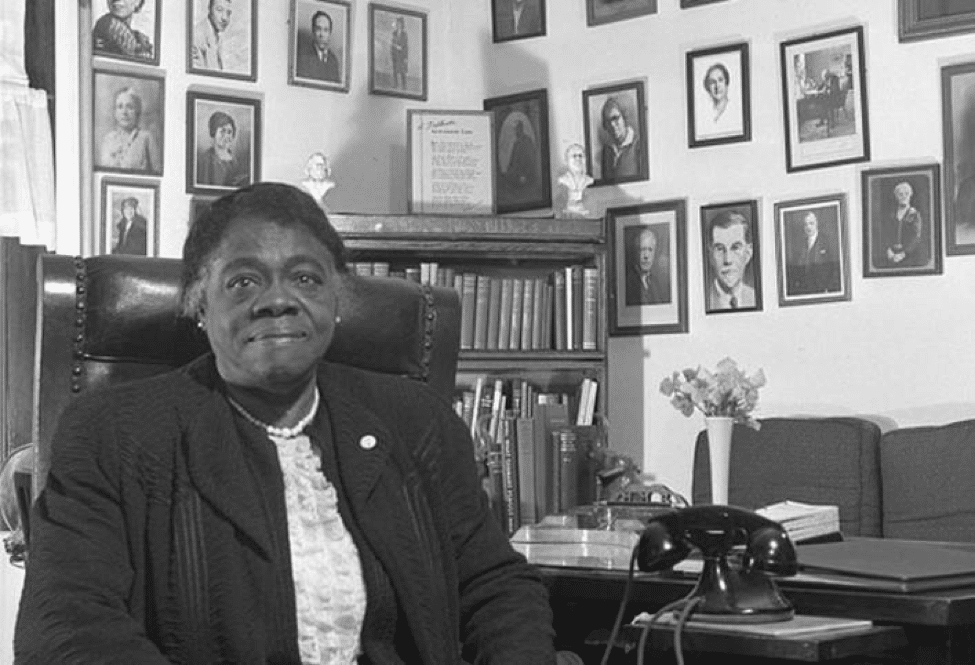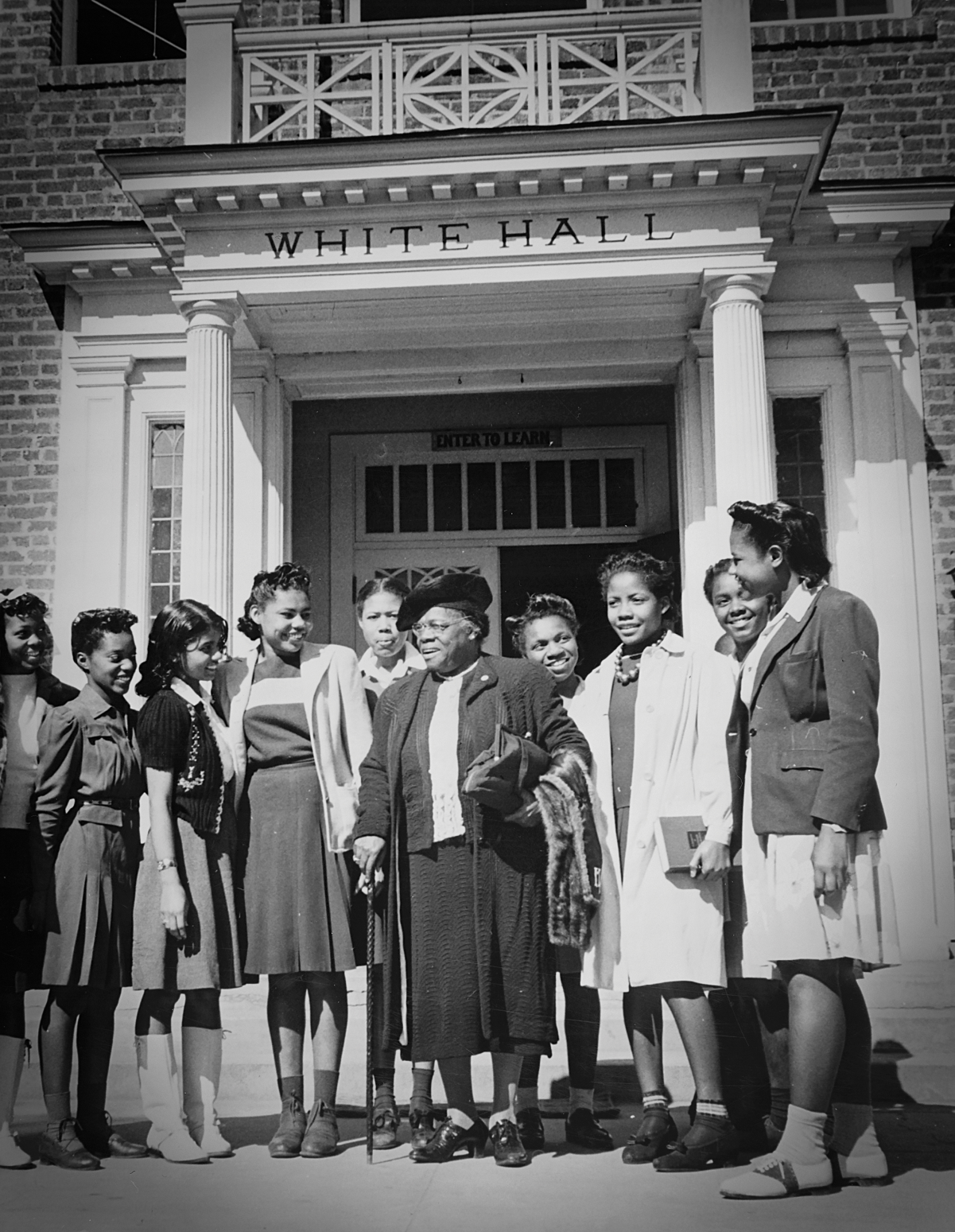The National Statuary Hall is one of the most popular rooms in the U.S. Capitol building, visited by thousands of tourists every day and used occasionally for ceremonial events. But when it was designed by Benjamin Henry Latrobe – and rebuilt by Latrobe and his successor Charles Bullfinch after it was destroyed by British troops in 1814 – it was meant for an entirely different purpose.
The chamber that today houses the collection of statues contributed by the 50 states was first used as the chamber of the House of Representatives. But the sweeping architecture, built in the shape of an ancient amphitheater with a smooth, curved ceiling did not provide the proper acoustics necessary to conduct the nation’s business.
According to the Architect of the Capitol website, the federal agency that oversees the Capitol building and grounds, the classical design of the hall created “annoying echoes” that made debate difficult. Attempts to dampen the noise with draperies or changing the seating arrangement proved unsuccessful, forcing the construction of a new hall for the House of Representatives.
House members moved into their new home in 1857, leaving the old space empty.
While Americans were busy with westward expansion and growing the nation, the fate of the vacant hall was uncertain, according to the Architect of the Capitol website. Suggestions for new uses included using the space for the Library of Congress, which at that time was housed in the Capitol building. Another idea was to replace the hall with two floors of committee rooms.
It was Representative Justin S. Morrill from Vermont, one of the founders of the Republican Party and author of the Morrill Land-Grant Acts that established many of the country’s public colleges and universities, who had a better idea.
Morrill posed the question: “To what end more useful or grand, and at the same time simple and inexpensive, can we devote (the chamber) than to ordain that it shall be set apart for the reception of such statuary as each state shall elect to be deserving of in this lasting commemoration?”
His colleagues agreed and the proposal to create a National Statuary Hall became law on July 2, 1864.
The legislation called for the states “to provide and furnish statues, in marble or in bronze, not exceeding two in number for each state, of deceased persons who have been citizens thereof, and illustrious for their historic renown or for distinguished civic or military services such as each state may deem to be worthy of this national commemoration,” according to the Architect of the Capitol website.
The idea was so popular that it was not long before the National Statuary Hall became overcrowded with pieces. By 1933 there were 65 statues on display, in some places standing three deep, and concerns were raised about the ability of the structure to support the weight of any additional statues.
A House resolution called for the relocation of statues to other areas of the Capitol and limited each state to only one statue in Statuary Hall. Future rearrangements of the statues would be made over the years to accommodate the growing number of states represented, with statues distributed to various areas of the Capitol, including the connecting corridors of the House and Senate wings and the Capitol Visitor Center. By 1971 all 50 states had contributed at least one statue and by 1990 all but five states had sent two statues to be placed in the Capitol.
According to the Architect of the Capitol website, each statue is a gift of a state and the selection process usually begins in the state legislature. When the donated statue arrives in Washington D.C. it is placed in a location specified by the Joint Committee on the Library.
Care and preservation of the statuary is the responsibility of the Architect of the Capitol. The agency’s Curator Division is also involved in the evaluation of new statues as well as when a state decides to replace an existing piece in the collection.


